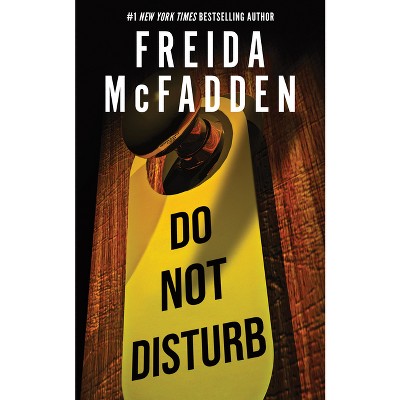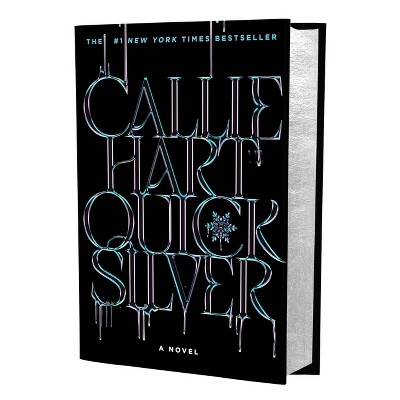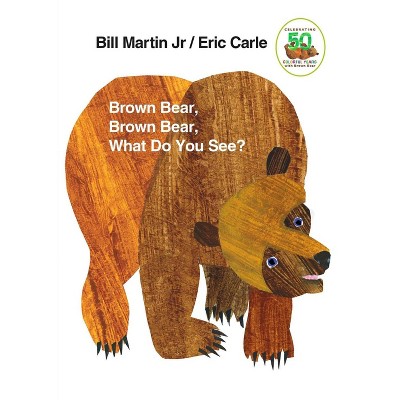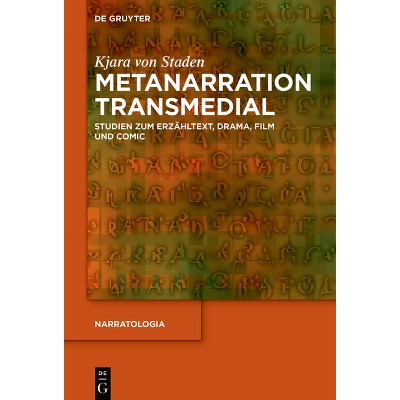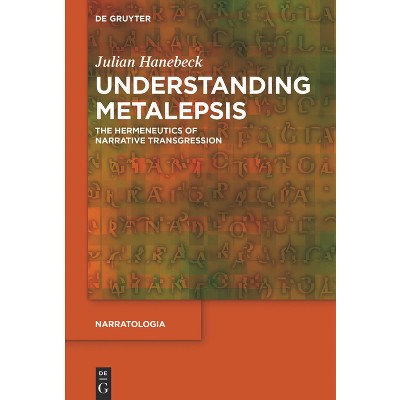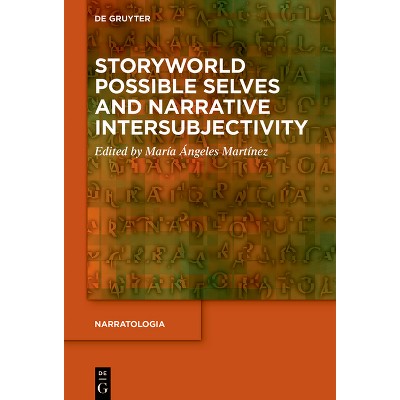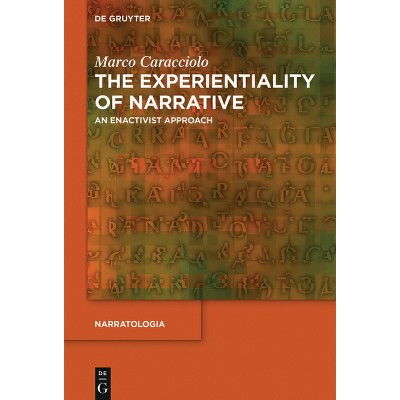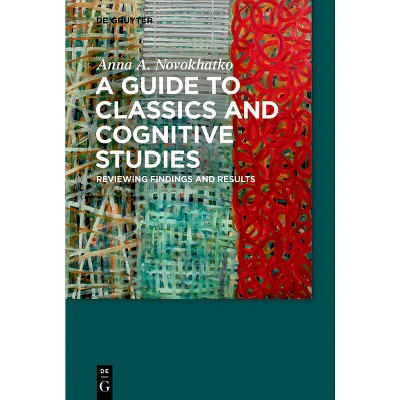About this item
Highlights
- At the surface, fantastic storyworlds appear free of the constraints of reality - yet for all their limitless potential, most popular fantasy texts still cling to patriarchal representations of gender.
- About the Author: Anna Köhler, RWTH Aachen, Aachen, Germany.
- 388 Pages
- Literary Criticism, Semiotics & Theory
- Series Name: Narratologia
Description
Book Synopsis
At the surface, fantastic storyworlds appear free of the constraints of reality - yet for all their limitless potential, most popular fantasy texts still cling to patriarchal representations of gender. Drawing on the cognitive framework of Cultural Models Theory (CMT), this book examines the reasons behind this phenomenon by analyzing the intersection between gender and magic in four contemporary fantasy series: J.K. Rowling's Harry Potter, Terry Pratchett's Discworld novels, Robin Hobb's Farseer trilogy, and Jonathan Stroud's Bartimaeus trilogy. Magic as a core manifestation of the impossible that sets fantasy apart from other genres serves as the focal point for an exploration of the strategies by which fantasy engages with gender issues on its own terms. Showcasing the potential of CMT as a tool for literary analysis and, more specifically, as a framework through which to understand both gender and genre, this book provides new insights into how readers make sense of fantastic storyworlds and the anchoring role that gender models play in that process. Overall, this analysis demonstrates how CMT can improve our understanding of the interplay of author, reader, text, and cultural context and the significant role of human cognition therein.
About the Author
Anna Köhler, RWTH Aachen, Aachen, Germany.




